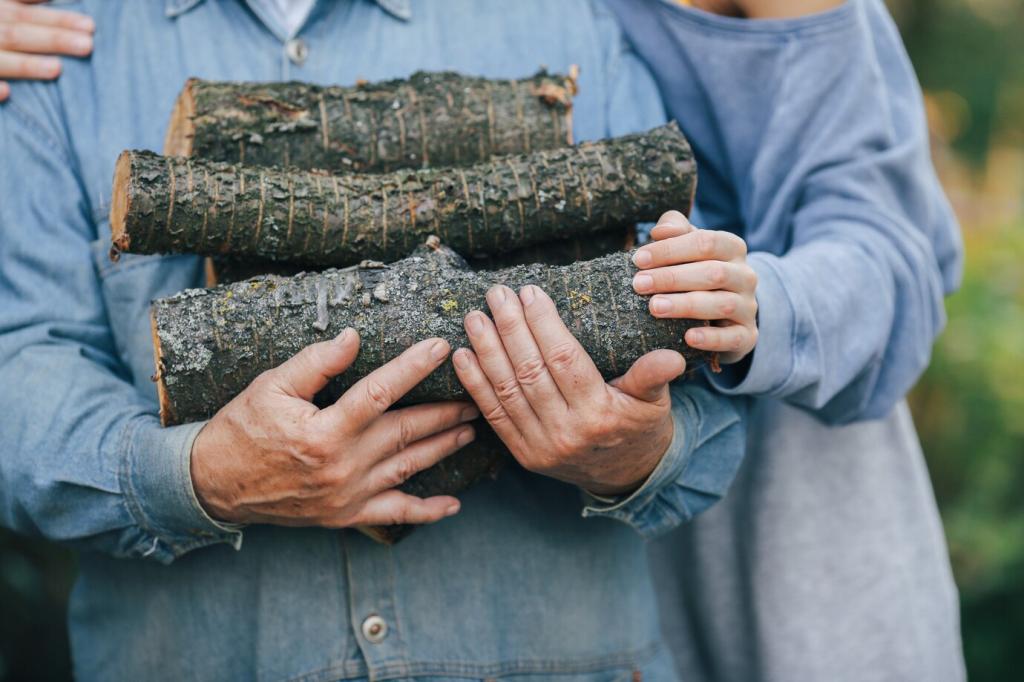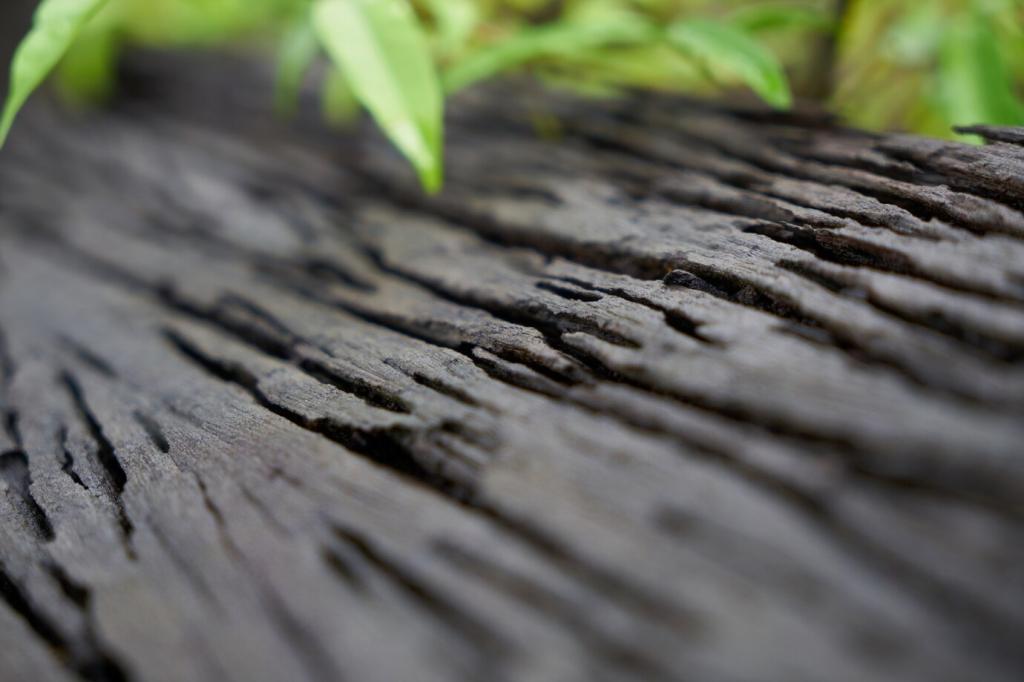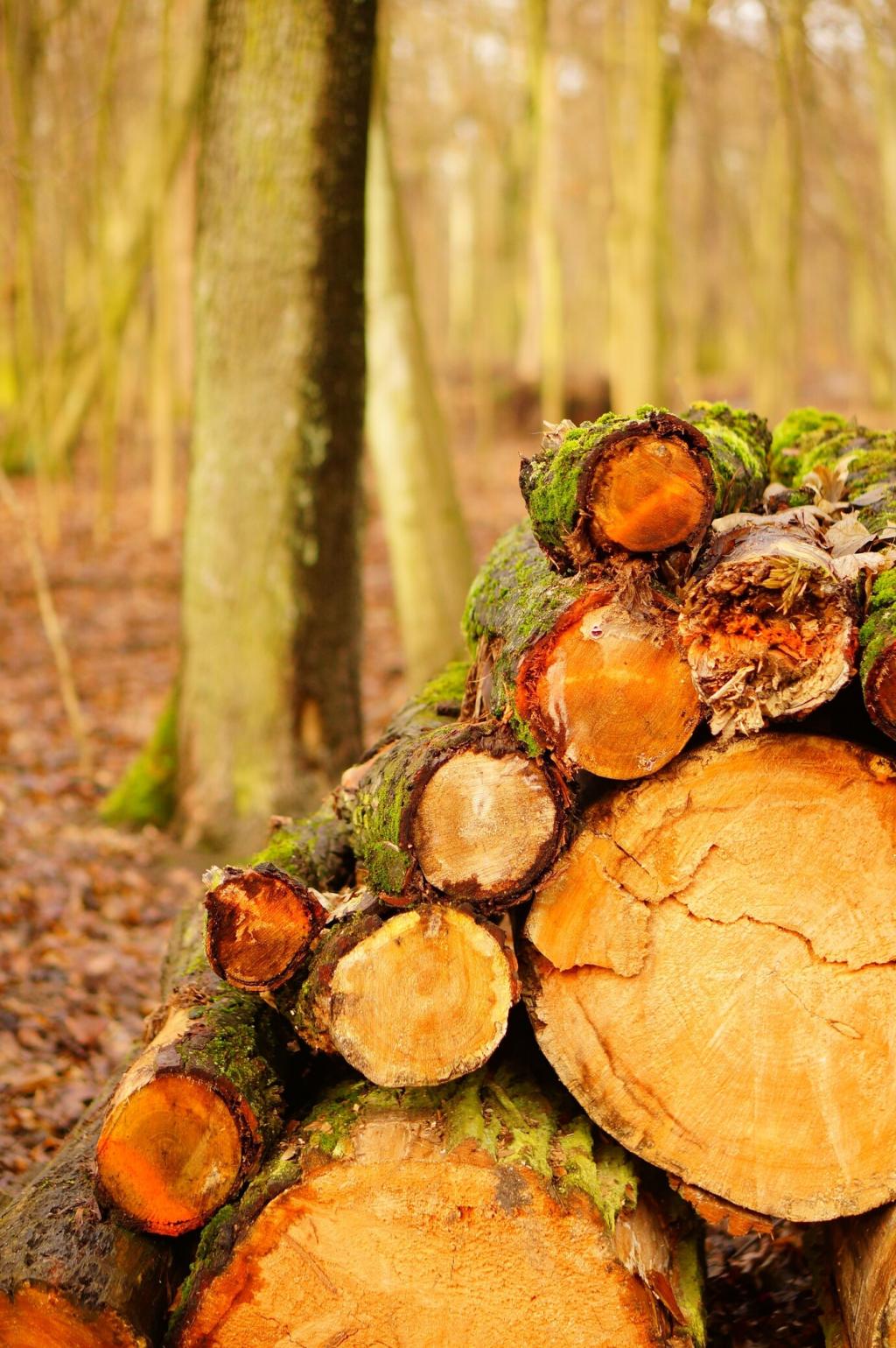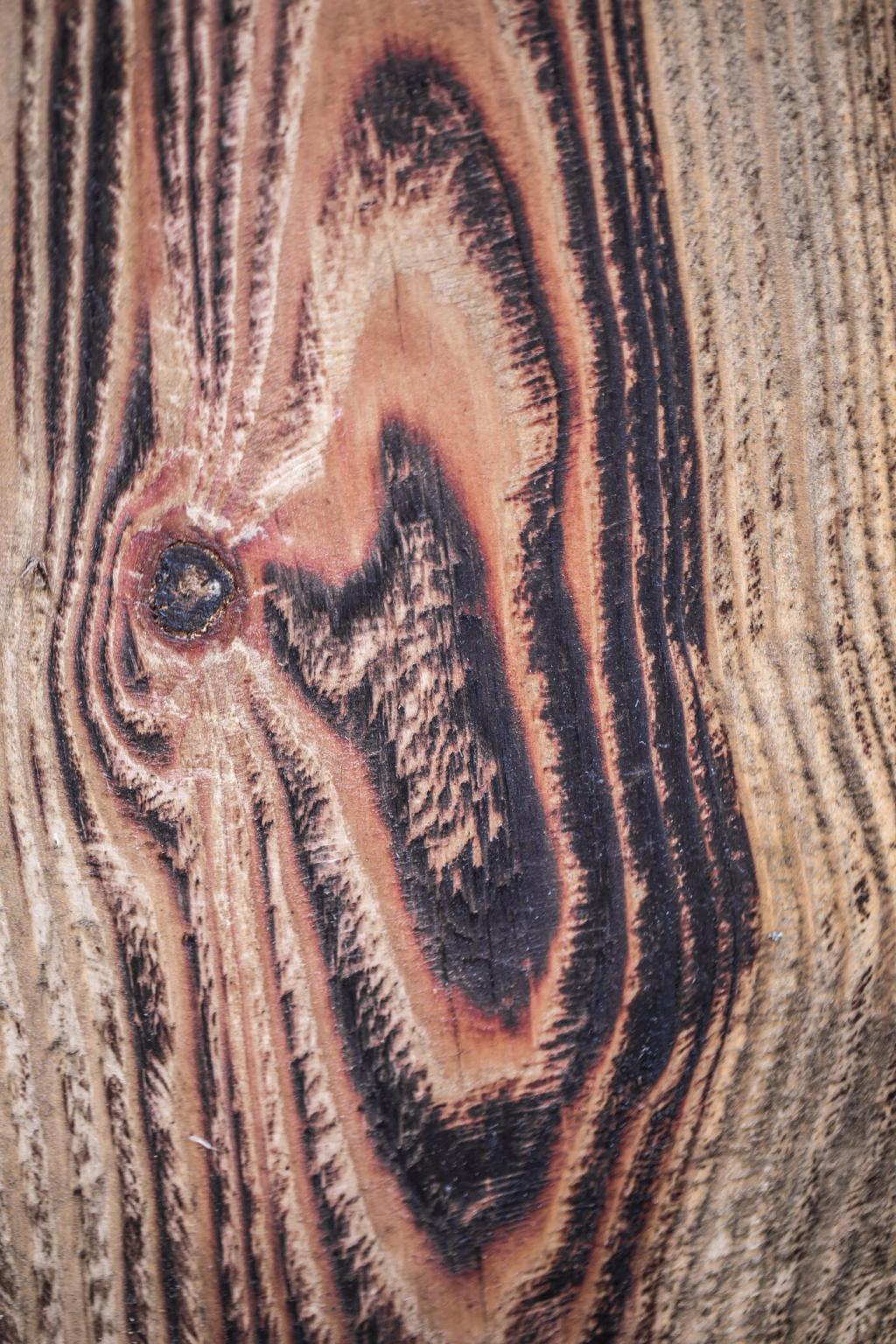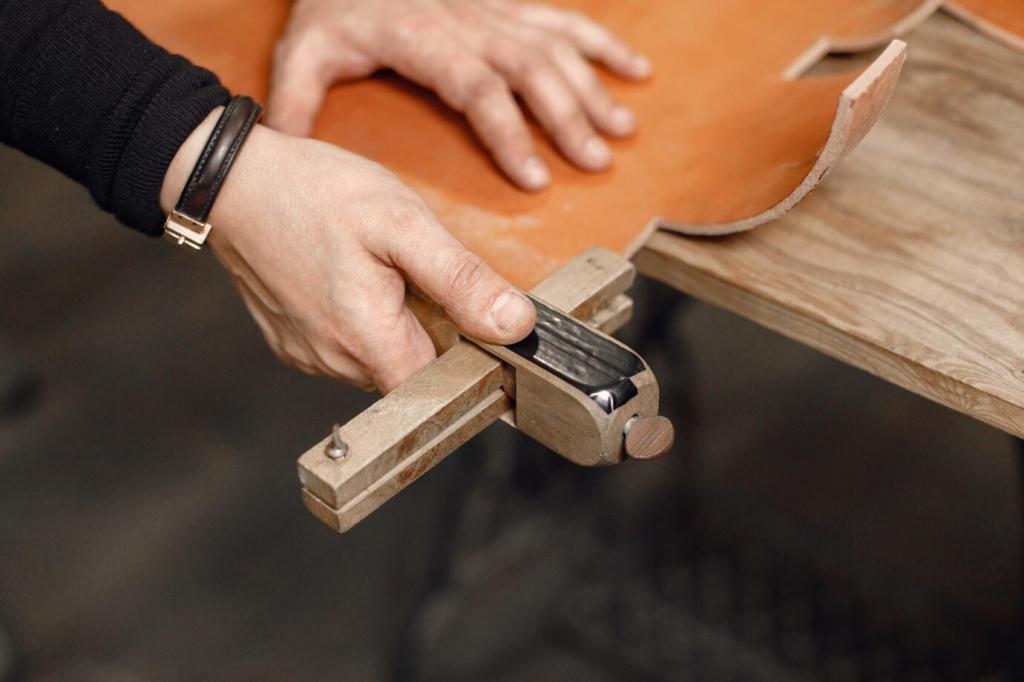Application Techniques for a Long-Lasting Natural Sheen
Good preparation determines everything. Level mill marks at 120 or 150 grit, refine at 180, and stop around 220 for most hardwoods to keep pores receptive. Vacuum thoroughly and use a clean microfiber cloth to remove dust. Avoid over-sanding to glassiness, which can hinder penetration. Edges deserve care—soften them slightly to help the oil bond and resist wear.
Application Techniques for a Long-Lasting Natural Sheen
Apply a generous coat and allow the wood to drink until the sheen dulls, usually 10–20 minutes depending on temperature and species. Re-wet any thirsty spots, then wipe absolutely dry with a clean cotton rag. Never leave oil pooling, or it can gum up and cure unevenly. Patience between coats builds depth without stickiness or streaks.

